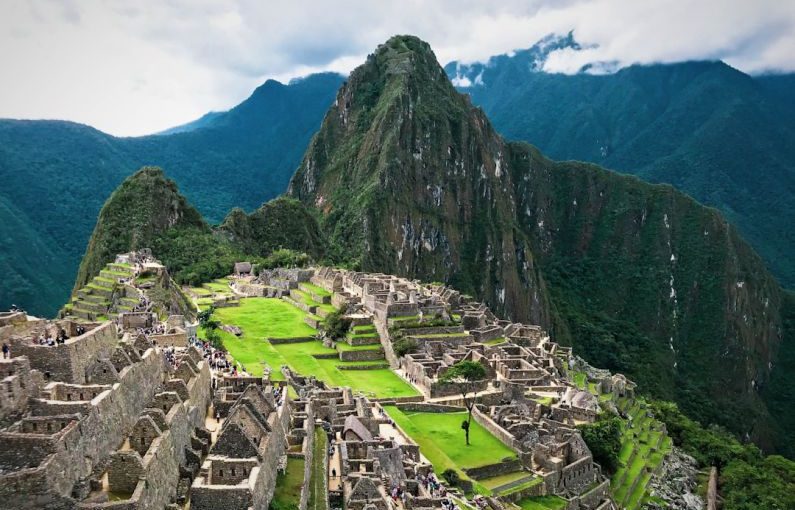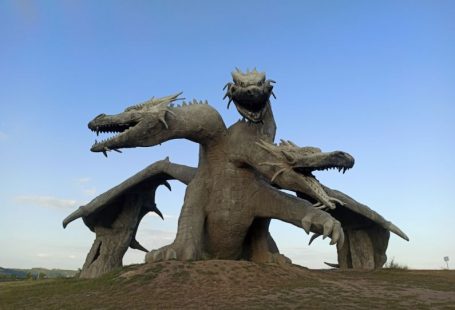High in the Andes Mountains of Peru lies one of the world’s most iconic archaeological sites — Machu Picchu. This ancient Incan citadel, perched on a ridge above the Urubamba River valley, continues to captivate visitors from around the globe with its mysterious ruins and breathtaking views. Exploring the ruins of Machu Picchu is a journey through history and a testament to the ingenuity of the Incan civilization.
### The Discovery of Machu Picchu
In 1911, American explorer Hiram Bingham stumbled upon Machu Picchu, hidden beneath the dense vegetation of the Andes. His discovery sparked international interest in the site and led to its eventual recognition as a UNESCO World Heritage Site. The intricate stonework and advanced engineering of Machu Picchu have puzzled researchers for decades, leaving many questions unanswered about its purpose and the people who once inhabited it.
### The Architecture of Machu Picchu
The architecture of Machu Picchu is a testament to the Incan’s mastery of stone construction. The precision with which the massive stones were cut and fitted together without the use of mortar is a marvel to behold. The buildings at Machu Picchu served various purposes, from temples and palaces to agricultural terraces and residential quarters. The Temple of the Sun and the Intihuatana stone are among the most famous structures at the site, showcasing the Incan’s reverence for the sun and their astronomical knowledge.
### The Sacred Landscape
Machu Picchu’s location in the heart of the Andes Mountains is no coincidence. The site’s layout is intricately connected to the surrounding natural landscape, with sacred mountains and rivers playing a significant role in Incan cosmology. The Intihuatana stone, believed to have been used for astronomical observations and rituals, is positioned to align with the movements of the sun during the solstices.
### The Mystery of Machu Picchu
Despite decades of research, many aspects of Machu Picchu remain shrouded in mystery. The exact purpose of the site and the circumstances of its abandonment by the Incan civilization are still debated among scholars. Some theories suggest that Machu Picchu served as a royal retreat or a religious sanctuary, while others propose that it was a thriving urban center. The enigmatic beauty of Machu Picchu continues to inspire curiosity and wonder in all who visit.
### The Experience of Visiting Machu Picchu
Visiting Machu Picchu is a once-in-a-lifetime experience that immerses you in the rich history and natural beauty of the Andes. The journey to the site often begins with a train ride through the picturesque Sacred Valley, followed by a hike or bus ride up the steep switchback roads to the entrance of Machu Picchu. As you enter the site and catch your first glimpse of the ancient ruins against the backdrop of towering peaks, you can’t help but feel a sense of awe and reverence for the Incan civilization.
### The Legacy of Machu Picchu
Machu Picchu’s legacy extends far beyond its physical ruins. As a symbol of Incan ingenuity and resilience, the site continues to inspire artists, writers, and explorers from around the world. Its preservation and protection are paramount to ensuring that future generations can continue to marvel at its beauty and unravel its mysteries. Whether you’re a history buff, an adventure seeker, or simply a lover of natural wonders, exploring the ruins of Machu Picchu is an experience that will stay with you long after you’ve returned home.
### Unraveling the Mysteries
As visitors walk among the ancient stone walls and terraces of Machu Picchu, they can’t help but wonder about the secrets that lie buried beneath the surface. The site’s enigmatic aura invites contemplation and reflection on the lives of the people who once called it home. Exploring the ruins of Machu Picchu is not just a journey through history but a chance to connect with a civilization that left behind a lasting legacy in the heart of the Andes Mountains.





